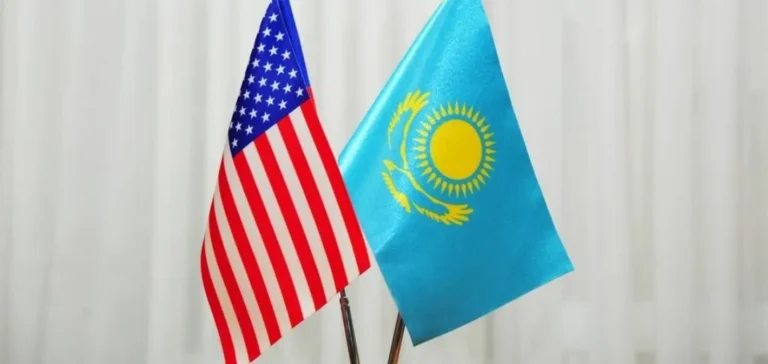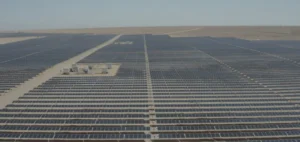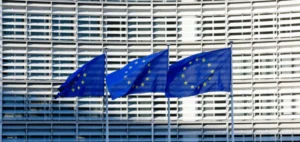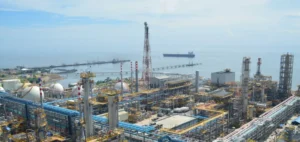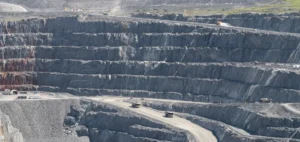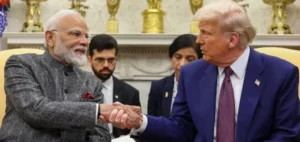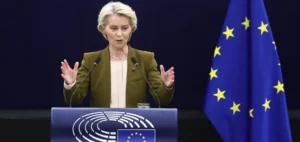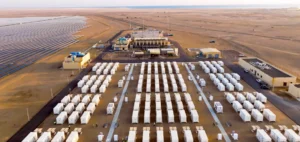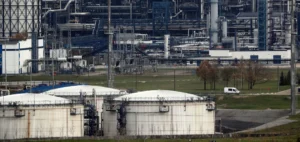A joint venture between Cove Capital and Tau-Ken Samruk consolidates the adjacent Upper Kairakty and North Katpar tungsten deposits, designated strategic by the national mining authority. Published resources indicate 854,000 tonnes of tungsten trioxide (WO₃) across measured, indicated and inferred categories. The industrial plan targets 12,000 tonnes per year, roughly 15% of current mined supply. The scheme provides for local conversion into standardized intermediates prior to export to increase captured value.
Supply setup and industrial capacity
Intermediate production includes ammonium paratungstate (APT), the key step between concentrates and metal powders. Locating conversion in Kazakhstan reduces exposure to downstream bottlenecks and strengthens batch traceability. Ramp-up depends on delivery of processing equipment, metallurgical performance and stability of industrial utilities. Specifications focus on grade consistency and impurity control to meet aerospace, machining and dual-use requirements.
The announced capital structure allocates 70% to Cove Capital and 30% to Tau-Ken Samruk. External financing of up to $900 million is envisaged from the Export-Import Bank of the United States (EXIM), with total investment estimated around $1.1 billion and critical engineering and procurement packages in the pipeline. Bankability hinges on multi-year offtake agreements indexed to market references and secured access to processing inputs. The main milestones include award of EPC contracts, permitting and concentrator metallurgical qualification.
Uzbek agreements and regional upgrading
Uzbekistan’s Ministry of Geology signed a memorandum of understanding with Denali Exploration Group covering rare metals and rare earth elements. The Fund for Reconstruction and Development of Uzbekistan separately formalized cooperation with ReElement Technologies on separation processes. The workstreams cover deposit characterization, technology demonstrators and qualification of intermediates suitable for Western supply chains. Target portfolios include uranium, copper, tungsten, molybdenum and graphite, supported by technical partnerships.
Conversion of these protocols into bankable projects depends on credible offtake agreements, secure access to power and water, and reagent supply. Financial structuring will reflect site risk, fiscal regime and public counterparty guarantees. Operators plan pilot units to lock in hydrometallurgical schemes and reduce scale-up risk. Batch qualification will follow traceability standards embedded in commercial contracts.
Compliance and end markets
Sales to U.S. buyers are subject to the Office of Foreign Assets Control (OFAC), the Committee on Foreign Investment in the United States (CFIUS), the International Traffic in Arms Regulations (ITAR) and the Export Administration Regulations (EAR). Offtake contracts include traceability, quality specifications and continuity clauses suited to critical chains. The Department of Defense (DoD) and its subcontractor tiers form an expected buyer base for tungsten intermediates. Aerospace equipment manufacturers and cutting-tool producers are among the targeted counterparties.
A steady addition of 12,000 tonnes per year can ease ex-China premia if WO₃ quality and volume regularity are maintained. APT spreads will remain sensitive to ramp cadence, export-control policies from other producers and Trans-Caspian logistics costs. Watchpoints include EPC awards, batch qualification and offtake execution. Revenue profile will depend on the coupling of metallurgical performance, logistics reliability and compliance requirements.


